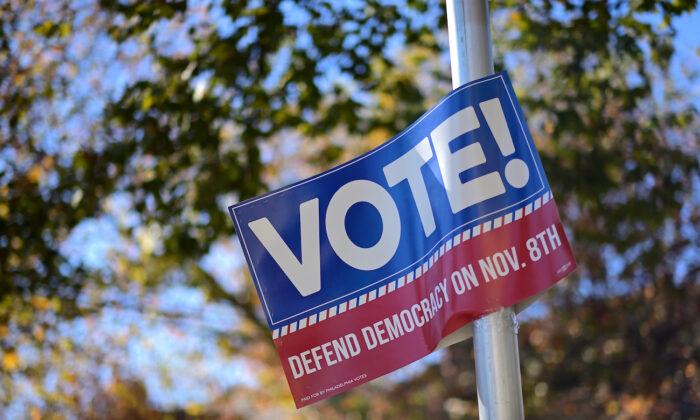Election post-mortems used to be pretty simple affairs. The winners would claim a “mandate” to govern, and the losers would mutter to themselves something approximating to the late Dick Tuck’s public pronouncement when he lost a race for the California Senate in 1966: “The people have spoken, the bastards.”
But sooner or later they’d have to go back to the drawing board to try to figure out what they were doing wrong and what they could do differently to win back the voters who had chosen the other party.
Sometimes it took a while for the message from “the people” to sink in. The Democrats lost three presidential elections in a row between 1980 and 1988 before Bill Clinton, with the help of the now-defunct Democratic Leadership Council, finally came up with a new and winning formula in 1992.
Two years later, when Democrats lost their majority in the House of Representatives for the first time in 40 years, then-President Clinton got the message in time to trim his political sails to the prevailing winds, even announcing during the State of the Union message in 1996 that “the era of big government is over.” He was decisively re-elected that year.
But throughout most of today’s advocacy media, partisan reaction to election results usually takes a quite different form.
Both winners and losers, that is, try to absorb the result into their pre-conceived “narratives.”
This is obviously much easier for the winners, who simply have to claim vindication for every detail of their narratives, no matter how small the margin of victory.
The losers have a harder task, though one far from being beyond human ingenuity, in trying to make out how a failure of “messaging” or, more likely, nefarious interference by some dishonest dealer (remember “Russian collusion”?) prevented their narrative from being heard or understood by voters.
The point is that the narrative itself can now never be wrong or need to be changed, save in minor detail. Instead, it must be “re-framed” on the assumption, presumably, that the people who voted against it will eventually come to see their mistake.
The Virginia result on Nov. 2, in which Republican Glenn Youngkin defeated another ex-Clinton associate, the former governor Terry McAuliffe, appears to show how this kind of doubling down on a losing narrative has become almost obsessive with Democrats, especially where race is involved.
Youngkin, or so goes the revised narrative, only won because of a “white backlash,” especially in largely white suburbs where parents were concerned about (among other things) the teaching of something called “Critical Race Theory” in public schools.
McAuliffe responded to this concern by denying over and over again that Critical Race Theory was being taught in Virginia’s schools.
Yet in and out of the mainstream media, commentator after Democratic commentator chose to ignore this evidence and repeated the former governor’s falsehood as a way of proving that their side had lost only because of the ignorance and hysteria (and, of course, racism) of white voters.
In every one of these cases, McAuliffe’s falsehood is repeated uncritically as a way of blaming white racism for their own party’s loss. It’s almost as if we were back to “the people have spoken, the bastards.”
I suspect that to most people, however, all such excuses cut no ice. They’re just another way for the smug left to assure us that they don’t ever need to rethink their political program to make it more appealing. Because they think they can never be wrong.





